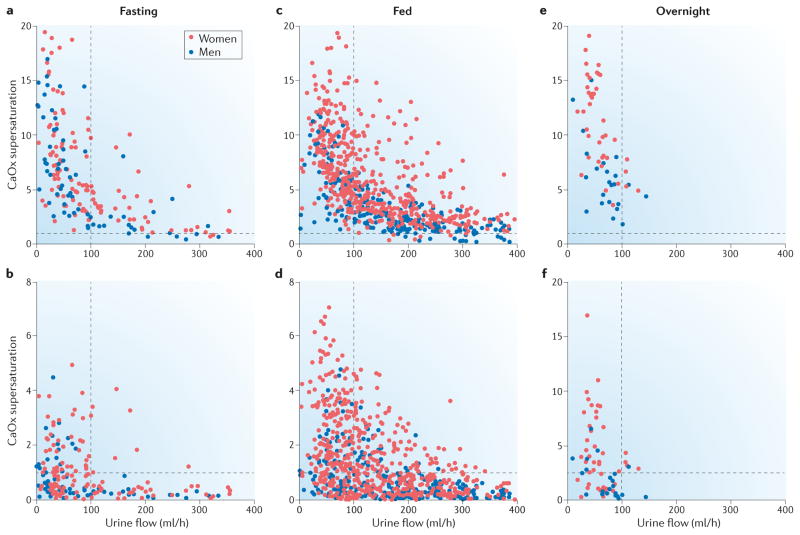Figure 7. Effect of urine flow rate on calcium oxalate and calcium phosphate supersaturations.
Urine supersaturations of calcium oxalate (CaOx) and calcium phosphate (CaP) varied inversely with urine flow rate in normal subjects (blue) and hypercalciuric idiopathic calcium stone formers (red) on the same diet. During fasting both a | CaOx and b |[ the figure is mislabeled, the y axis says CaOx, but should say CaP] CaP supersaturation values were generally high when urine flow was <100 ml/h. When urine flow was >100 ml/h many CaP supersaturation values were less than one, indicating that crystal formation will not occur. A much higher urine flow rate was required to reduce CaOx supersaturations to a similar level. When the participants were fed the distributions of c | CaOx and d | CaP supersaturations shifted to the right because of increased urinary excretion of calcium and oxalate. A urine flow rate of around 125 ml/h seems to be an appropriate clinical goal to prevent large increases in CaOx and CaP supersaturations. e and f | Although each participant provided only one urine sample overnight the general pattern of supersaturation and urine flow is similar to that seen during fasting. A goal of 100 ml/h urine flow overnight seems reasonable for stone prevention. Data from Bergsland et al. Am. J. Physiol Renal Physiol 297, F1017–F1023 (2009)76.

